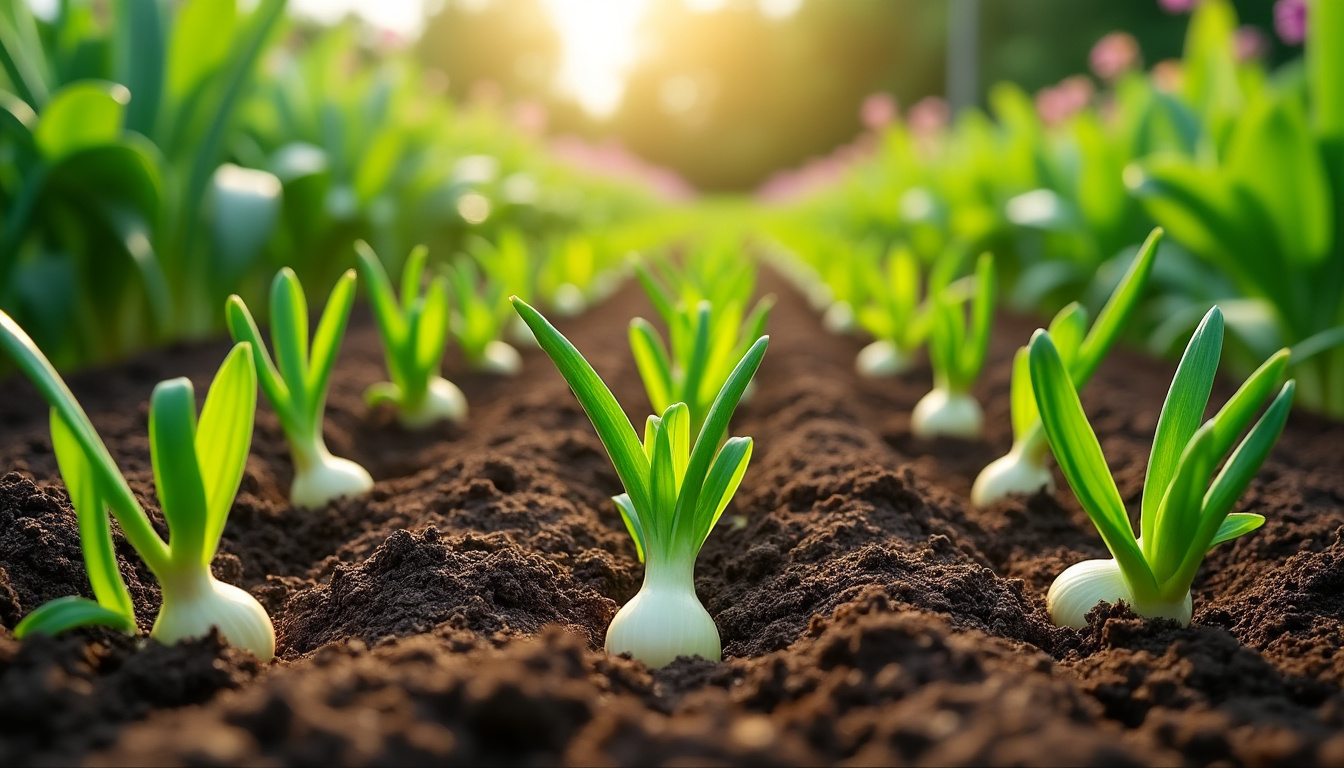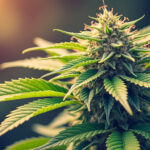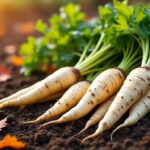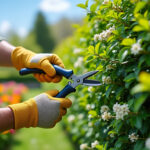Onions are a treasured staple in many gardens, offering robust flavors and nutritional value. However, their success hinges significantly on timing, selection of varieties, and specific growing conditions tailored to each climate zone. In understanding these nuances, you can ensure a plentiful harvest. Here’s a comprehensive guide on planting onions for optimal growth.
Onion Planting Calendar by Climate Zone
Understanding which climate zone you are in can greatly influence your onion planting strategy. Here’s a detailed breakdown of fall and spring planting times based on various USDA climate zones:
| Climate Zone | Fall Planting 🌱 | Spring Planting 🌼 |
|---|---|---|
| Zones 3-5 | Not recommended | March to April |
| Zone 6 | October | March |
| Zone 7 | October to November | February to March |
| Zone 8 | September to October | January to February |
| Zones 9-10 | October to December | Not recommended |
In warmer climates, specifically Zones 7 to 10, planting in the fall allows onions to mature over the winter, resulting in a spring harvest. Conversely, for cooler regions (Zones 3 to 6), spring planting as soon as the ground is workable is crucial for a summer yield.
Choosing the Right Onion Varieties for Your Zone
Selecting an appropriate onion variety based on your climate zone enhances your gardening experience. Here’s how different types of onions correlate with specific zones:
- Short-Day Onions 🌞: Thriving in southern regions with 10-12 hours of daylight, varieties like ‘Texas Grano’ are ideal.
- Intermediate-Day Onions 🌤️: Best for mid-latitude gardeners, these require 12-14 hours of daylight.
- Long-Day Onions 🌘: Suited for northern areas, requiring approximately 14-16 hours of daylight.
For instance, those in Zone 5a can successfully cultivate both Intermediate and Long-Day varieties. On the other hand, gardeners in warmer climates should lean towards Short-Day onions that adapt well to shorter daylight conditions.
Essential Soil Preparation for Healthy Onions
Optimal onion growth starts with excellent soil preparation. Proper soil management can enhance both flavor and yield. Here are crucial steps to consider:
- Testing Soil pH 🔬: Onions prefer a pH between 6.0 and 6.8. Test your soil and adjust using lime to raise pH or sulfur to lower it accordingly.
- Incorporating Organic Matter 🌿: Prior to planting, mix in well-decomposed organic matter to boost soil fertility.
- Fertilizing 🌱: Utilize a balanced fertilizer (like 10-20-10) when planting to bolster root and bulb development.
| Soil pH Preferences for Onions | Adjustment Method |
|---|---|
| Ideal Range | 6.0 – 6.8 |
| To Increase pH | Apply garden lime |
| To Decrease pH | Incorporate sulfur |
By enriching your soil with essential nutrients and maintaining the right pH level, your onions will have the best environment for growth.
Timing for Indoor Seed Starting and Transplanting
For gardeners looking to start their onion journey indoors, timing is everything. Begin your seeds indoors about 6-8 weeks before the last expected frost date:
- For Zones 3-9, late winter is ideal for sowing.
- Maintain a soil temperature of 70-75°F (21-24°C) for successful germination.
Once your seedlings are ready, transplant them into well-drained, fertile soil after the danger of frost has passed. Ensure the spacing allows them ample room to grow, typically about 3-4 inches apart.
Key Phases of Onion Growth and Care Techniques
Successful onion cultivation requires attention throughout the growth phases, with considerations for watering, pest control, and disease management:
- Watering Needs 💧: Onions thrive with consistent moisture, requiring about 1 inch of water weekly.
- Pest and Disease Management 🐛: Regular inspection and incorporating clean garden practices help ward off common pests like thrips and onion maggots.
| Watering Guidelines | Frequency | Amount |
|---|---|---|
| Early Development | Once a week | 1 inch |
In addition, it’s important to prevent bolting by selecting varieties suited to your climate and maintaining an even watering schedule.
Orchids in Great Shape: This Root Operation is Essential Before Spring
Harvesting and Curing Techniques for Enhanced Flavor
The optimal harvest time for onions occurs when the tops begin to bend and dry, typically 100 to 120 days after planting. Follow these steps for proper harvesting:
- Harvesting Techniques 🧅: Loosen surrounding soil and carefully pull out the bulbs without bruising them.
- Curing Process 🌬️: Once harvested, allow onions to dry in a well-ventilated area out of direct sunlight for 2-4 weeks.
| Harvesting Steps | Notes |
|---|---|
| Check Readiness | Look for yellow, flopped-over tops |
| Loosen Soil | Gently loosen around the bulb |
| Drying Conditions | Sunny day preferred for harvest |
Frequently Asked Questions (FAQ)
1. Can onions be planted using bulbs instead of seeds?
Yes, using single sets (small dormant bulbs) for planting is a straightforward option. Position them root side down, with the top just above the soil surface.
2. What is the correct depth for planting onion bulbs?
Onion bulbs should generally be planted about 1 inch deep to ensure proper growth.
3. How can I effectively grow onions indoors?
Plant onions in pots with suitable potting soil, ensuring adequate watering and light. Harvest can occur once green shoots have risen.
4. What techniques enhance both growth rate and flavor?
Enriching the soil with compost, ensuring adequate water, sunlight, and good drainage contributes to robust growth and flavor.
5. When is the best season to plant onions for maximum yield?
Typically, onions should be planted in early spring or as soon as the ground is workable, around 4 to 6 weeks prior to the last frost date.















